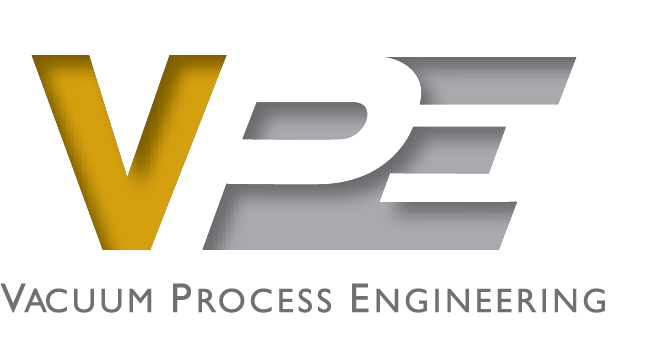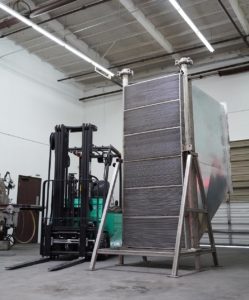VPE uses induction heating methods to process and braze components and staged assemblies in vacuum, hydrogen, and air environments. Furthermore, induction brazing has quick heating rates as well as rapid cooling times, which can make the process ideal for meeting high production requirements.
Advantages of Induction Brazing
Higher Heating Rates
Induction brazing achieves a significantly higher heating rate than furnace brazing. In fact, VPE brazes a variety of assemblies and sub-assemblies where the part temperature increases from room temperature to 1200°C in approximately 11 seconds.
Furthermore, metallurgically speaking, rapid heating may avoid the formation of brittle intermetallics. For instance, titanium brazing may use gold without encountering adverse filler alloy/parent material reactions which happen in the relatively slow furnace-brazing techniques.
Rapid Cooling Times
Extremely rapid cooling times are also possible depending on the ambient atmosphere used. In a hydrogen atmosphere, the cooling rates routinely achieved at VPE are higher than 1000°C/minute.
High Electric Currents
The components to be brazed must be metallic so that suitably high electric currents may be generated from within. It is also possible to use a susceptor for the generation of high currents. The susceptor radiates energy to a nearby non-metallic assembly to effect brazing.



